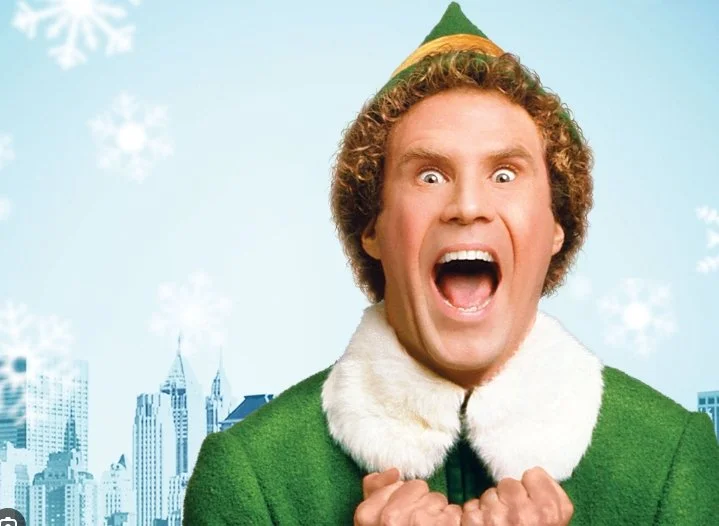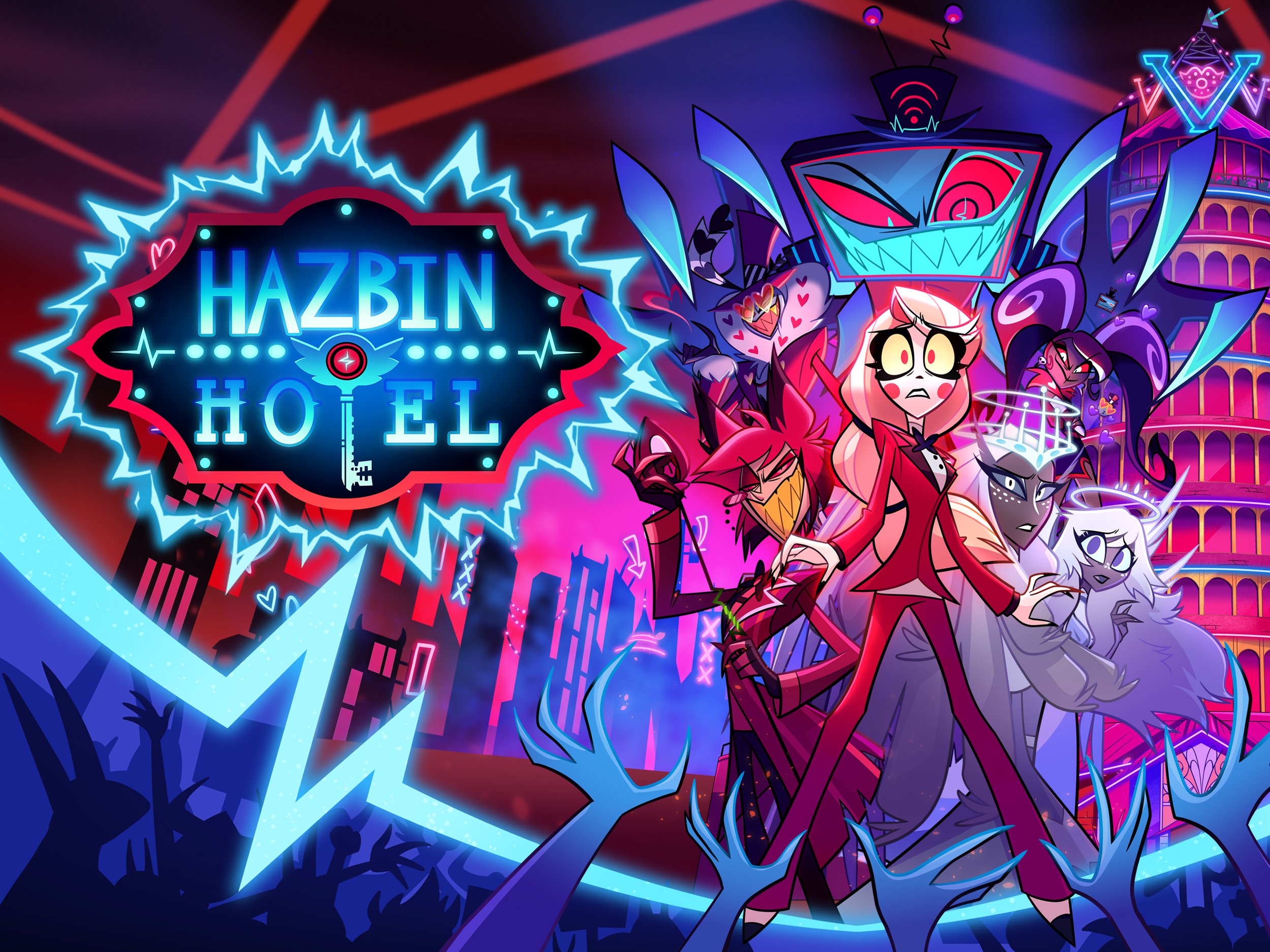Fighting Stereotypes: Bruce Lee’s Psychological Resilience Against Cultural Marginalization
In mid-20th-century Hollywood, Asian characters were largely confined to the margins—depicted as subservient, emasculated, or villainous caricatures in an industry steeped in racial stereotypes. Against this backdrop emerged Bruce Lee: a transnational figure who, armed with not just physical mastery but philosophical and psychological depth, redefined what it meant to be Asian on the global stage. Born in San Francisco and raised in Hong Kong, Lee navigated two cultural worlds—and in doing so, forged a resilient identity that allowed him to challenge and transcend the constraints imposed by a discriminatory entertainment industry. This article explores how Lee’s bicultural background and psychological fortitude enabled him to resist cultural marginalization, reframing not only the image of the Asian man but also the very possibilities of representation and selfhood in the modern world.
Cultural Duality: Lee’s Bicultural Identity
Bruce Lee’s psychological development was deeply shaped by his unique bicultural upbringing. Born in the U.S. but raised in British-ruled Hong Kong, Lee was exposed early to both Eastern collectivist values and Western ideals of individualism. The Confucian emphasis on discipline, family honor, and social harmony was instilled in him through traditional martial arts and community life in Hong Kong. At the same time, his exposure to Western education and American pop culture planted the seeds of personal autonomy, innovation, and assertive self-expression.
This synthesis of values granted Lee cultural flexibility and a complex sense of self. It allowed him to fluidly navigate diverse social contexts and to reimagine identity not as static or inherited but as adaptive and self-defined. Psychologically, this contributed to his high cognitive openness and integrative thinking—traits that became central to his personal philosophy and professional strategy.
Hollywood Racism and Typecasting
Lee's entry into Hollywood was met with systemic barriers and overt racial discrimination. In the 1960s and early '70s, Asian actors were rarely cast in leading roles, and when they were, it was typically within rigid stereotypes: the servile manservant, the villainous mastermind, or the buffoonish sidekick. Despite his martial prowess and charisma, Lee was relegated to minor roles or passed over entirely—notably when he pitched "The Warrior," a series based on his own ideas, only to see a white actor (David Carradine) cast in the similar show "Kung Fu."
Even his most visible early role, Kato in The Green Hornet, was diminished in narrative significance despite Lee's evident popularity and talent. As scholars have observed, this marginalization was not due to lack of skill but fear within the industry that an assertive, physically dominant Asian male lead would disrupt established racial hierarchies. Lee challenged these expectations head-on, refusing to portray submissive or one-dimensional roles. Instead, he insisted on crafting characters who embodied pride, dignity, and philosophical depth.
Psychological Resilience: Traits and Strategies
Lee’s ability to resist cultural marginalization stemmed from core psychological traits and conscious strategies. His personality exhibited high conscientiousness, marked by extreme discipline in training, writing, and creative production. Emotionally, he demonstrated resilience and self-regulation: although he encountered constant rejection and racial bias, he reframed setbacks as fuel for growth. As he famously said, "Defeat is not defeat unless accepted in your own mind."
Cognitive-behavioral elements were central to Lee's mindset. He practiced affirmation, visualization, and reframing long before these were common in Western psychology. His philosophical orientation, blending Taoism, Zen, and stoicism, further supported emotional equilibrium. For Lee, mental flexibility and emotional calm were essential combat tools—both in martial arts and in navigating life.
He also exercised assertive boundary-setting. In Enter the Dragon, Lee pushed to preserve the philosophical content that studio executives initially wanted to cut. He understood that diluting the cultural and intellectual message would perpetuate the very stereotypes he sought to overcome. His insistence paid off: the film became a global success, blending entertainment with cultural affirmation.
Reconstructing the Asian Masculine Image
Perhaps Lee’s most enduring impact lies in how he reimagined the Asian male in global consciousness. In a time when Asian men were portrayed as weak, asexual, or villainous, Lee projected strength, confidence, and sensuality. His onscreen presence—defined by physical dominance and charismatic self-control—subverted long-held Western racial anxieties.
In Fist of Fury, Lee portrayed a martial artist who avenges his teacher's death at the hands of colonial forces. The film’s narrative and Lee’s performance powerfully asserted Chinese dignity and anti-colonial resistance, offering audiences a counter-narrative to decades of passive or villainous portrayals. His visibility in these roles created space for more complex and empowered representations of Asians in media.
Legacy: Psychological Impact of His Success
Lee’s legacy goes far beyond martial arts choreography or box office success. Psychologically, he modelled what it means to persist with integrity under cultural and institutional pressure. For generations of Asian-Americans and diasporic communities, Lee became a symbol of possibility: someone who refused to shrink to fit stereotypes and instead demanded recognition on his own terms.
His success helped challenge the industry’s biases, opening doors for future actors, directors, and thinkers. By embodying both Eastern wisdom and Western drive, Lee represented a hybrid identity that transcended borders and binaries. His journey demonstrated how psychological resilience, cultural integration, and principled creativity can overcome even entrenched systems of marginalization.
Simply Put
Bruce Lee’s resistance to cultural stereotyping was not merely an act of rebellion, but the result of deep psychological discipline, philosophical conviction, and bicultural awareness. His life illustrates how resilience is not only about enduring hardship but also about transforming it into purpose. By asserting his identity in a world that tried to confine it, Lee changed the narrative for Asian representation in film and beyond—leaving behind a legacy that continues to inspire those fighting for dignity and self-definition across cultures.
References & Sources
Cadwell, L. L. (1975). Bruce Lee: The man only I knew. Warner Books.
Lee, B. (1975). Tao of Jeet Kune Do. Ohara Publications.
Polly, M. (2018). Bruce Lee: A life. Simon & Schuster.
Yuen, N. W. (2016). Reel inequality: Hollywood actors and racism. Rutgers University Press.
Shannon Lee on Bruce Lee’s legacy and how their family dealt with racism








